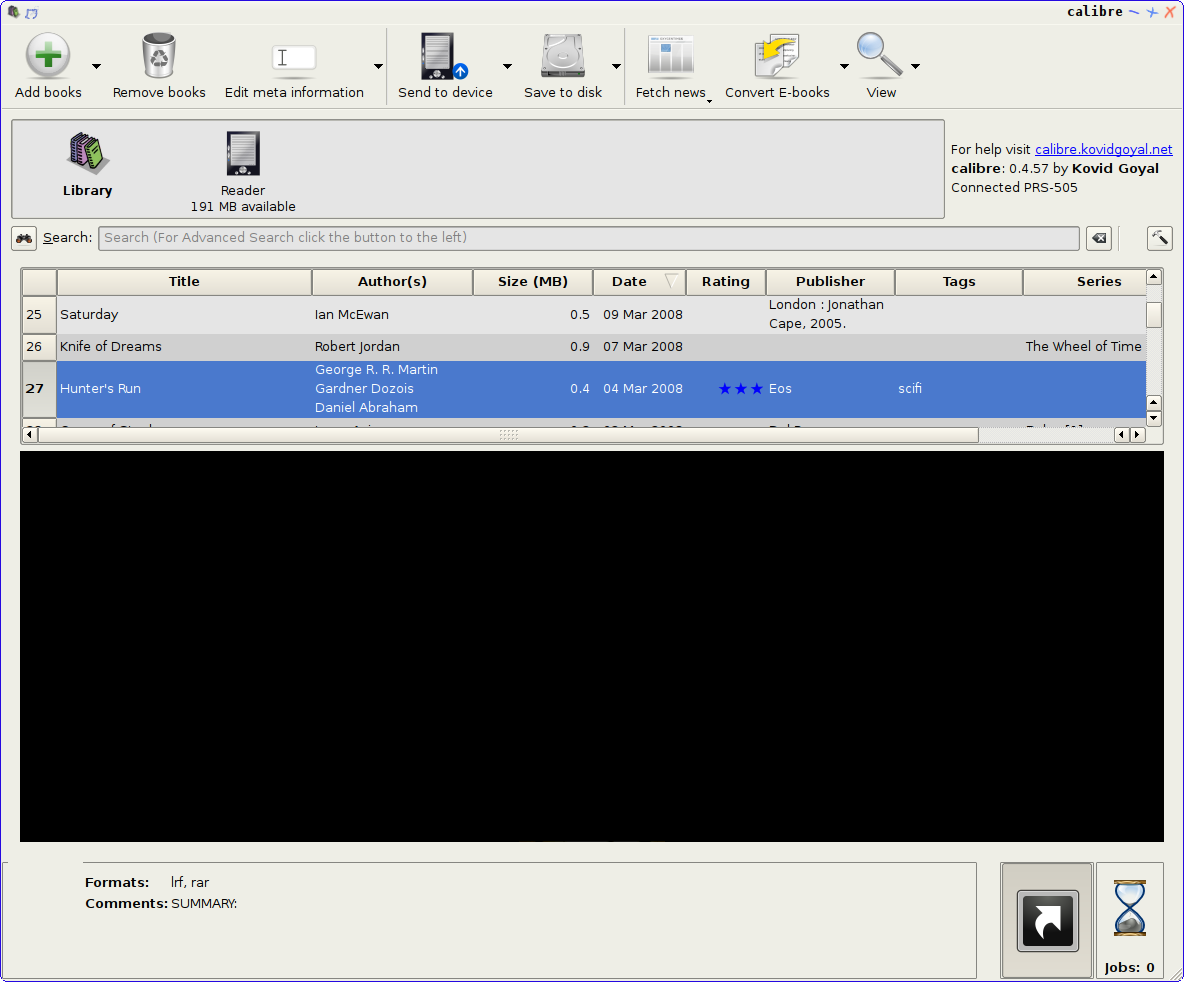April 21, 2010 | Louis | Comments 15
iPad Tutorial: How to read your old (non-ePub) ebooks using iBooks

Update: Our latest tutorial on how to use Dropbox and Calibre to store and remotely transfer ebooks to your iDevices is now up. You can check it out here.
Early adopters of the iPad already know that the device is not only great for surfing the web, playing “HD” games or watching movies on the gorgeous 9.7-inch IPS screen, but also for reading ebooks. Apple’s own e-reader app, iBooks, has been well received and its overall design makes it easy and enjoyable to read books on the iPad. It even allows you to upload non-iBookstore and DRM-free ePub documents/ebooks onto the app via iTunes. Unfortunately, iBooks only accepts the “industry standard” ePub format, meaning those with a collection of ebooks in various formats (LIT, MOBI, PDB, HTML, RTF etc) are out of luck.
While Stanza (my personal favorite) and other e-reader apps on the iPhone/iPod Touch do accept other ebook formats, there are currently none with dedicated iPad versions (meaning you won’t be able to enjoy them in full screen mode without the text becoming pixelated). As such, we’ll be taking a look at how to convert and transfer your existing non-epub ebooks/documents onto the free and very likeable iBooks app.
First and foremost, your ebook files need to be converted into the ePub format. Granted, there are quite a few ways to do this, but one of the best methods is by using Calibre, a free and open source e-book library management application. Much like iTunes, Calibre enables you to manage your entire eBooks collection (rate, tag, sort, download metadata and covers etc.) and it accepts a wide range of formats for conversion. Best of all (aside from the fact that it’s free), Calibre runs on Windows, Mac OS X AND Linux. Now that we’ve introduced the software, let’s get down to business.
1. Download and install Calibre for your Desktop/Laptop.
2. During the Installation process, select Apple –> iPad in the “choose your book reader” window to ensure the output is optimized for your iPad after file conversion.
3. Populate your library with the “Add Books” button located top-left of Calibre. You can import books individually or via an entire directory.
4. If your ebooks are missing any metadata (publisher, tags, summary) or covers, you can have Calibre automatically fill in the info. Highlight the titles and under the “Edit Meta Information” menu (or simply right click to bring up) and select the “Download Metadata and Covers” option.
5. Once you’re happy with sorting and organizing your ebooks, it’s time to convert them into the ePub format. You can do so individually or in bulk, both of which are done through the “Convert Ebooks” button. In the conversion window (above), the only thing that really needs to be done is to make sure that the Output option (top right of screen) has “EPUB” selected. I’ve kept all the other settings untouched and haven’t had any issues with the files. If you’re of the adventurous type, you can check out the user manual for more info and perform desired tweaks.
6. Next, we have to transfer your newly minted epub books into iTunes. Locate your .epub files and drag them into the Library section of iTunes (see above). If you didn’t have any ebooks in iTunes to begin with, a new Books folder will be created for you. Note: Please ensure that you drag your epub files into the Library section and not directly into your iPad (under Devices). Doing so will cause iTunes to throw an error message and crash.
Update: With the more recent version of iOS (tested on iOS 5.0.1 and iTunes 10.5.1, you can directly drop epubs into your iPhone/iPad (Devices), just like you can with music and other supported media files.
You can also refer to our more recent post on how to transfer ebooks to your iDevice with the Dropbox app.

7. All that’s left to do is sync your books onto your iPad. This process isn’t any different than syncing music, apps, movies etc.
8. Open iBooks and enjoy your old new library!
While we’re at it, it’s worth noting that Calibre can also download news from the net and convert them into ebook form. Some of the supported news sites include:
- The New York Times
- The Wall Street Journal
- The Economist
- Time
- Wired Magazine
- Newsweek
- ESPN
The video below by Kovid Goyal, creator of Calibre, will give you a run down of some of the features of this versatile and powerful eBook management software.
Happy reading!
Also check out our tutorial on how to transfer ebooks to Stanza on the iPad here.




No comments:
Post a Comment